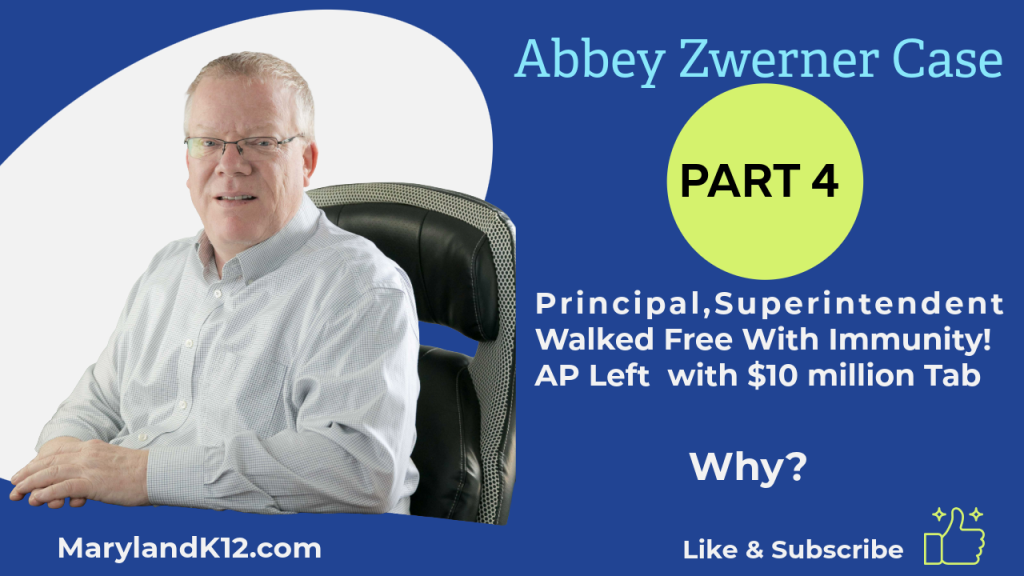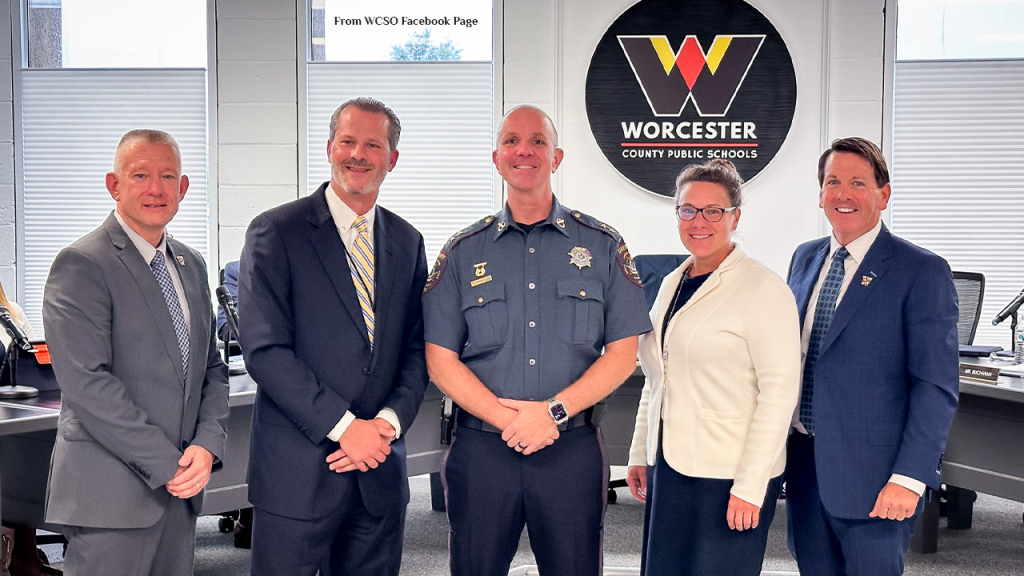

Ensuring Safety and Equity: Defending the Practice of Removing Disruptive Students
Allowing students who disrupt and threaten others to remain in classroom disproportionately affects students who do not disrupt or threaten others. Offenders of such acts are not victims. Removing them should be down on the list of options, but an option, nonetheless.
Look at the image accompanying this article. Now, you are a school administrator, and you must call the parents of the child seated. You tell the parents that you cannot disclose the result of the investigation of the incident due to privacy issues. The next day, your child texts you from school and tells you that the offender is on the bus. The parents storm up to school and demand an explanation. Of course, as an administrator, you still cannot disclose any information other than “it has been addressed in accordance with the student behavior handbook and code of conduct.” Now the code of conduct allows much discretion in such matters, and the administrator (you) have opted for counseling, restorative practice, or mediation. Tell that to the parents.
Now suppose that this student has already been suspended multiple times for such offenses. Now what? At some point, the answer is removal. Yes, it is difficult for the student himself, yes, it will remove him from his peers and yes, online learning should be an option. It is not ideal, but too bad. As a system, we owe it to the other students.
In recent years, the education system has grappled with this challenging issue: how to effectively manage and address disruptive behavior in schools. One approach that has garnered attention is the practice of temporarily removing disruptive students from the physical classroom setting and placing them in online learning. While critics argue that this approach has its flaws, it is essential to consider that, in certain circumstances, removing students is a necessary step to ensure the safety and educational progress of all students.
The classroom is a dynamic environment where students come to learn, grow, and interact with their peers. However, this setting can be disrupted by students who engage in disruptive behavior, leading to disruptions in the learning process for everyone. Disruptive behavior can take various forms, from verbal confrontations with teachers to physical altercations with fellow students. In such cases, educators and administrators are faced with a complex dilemma – how to maintain a safe and conducive learning environment while ensuring that all students receive a quality education.
One solution that has gained traction in recent years is the temporary removal of disruptive students from the physical classroom and their placement in online learning programs. While this approach has faced criticism, it is crucial to examine its merits and consider the reasons behind its implementation. This article explores the rationale behind removing disruptive students, the benefits it can offer, and the ways it can be integrated into a comprehensive strategy for managing disruptive behavior.
Ensuring a Safe Learning Environment
The foremost reason for removing disruptive students is to maintain a safe and conducive learning environment. Disruptions in the classroom can have a profound impact not only on the educational experience but also on the emotional well-being of students. Imagine a classroom where one student continually disrupts the teacher’s instructions or engages in confrontations with peers. In such an environment, non-disruptive students may feel anxious, fearful, or unable to focus on their studies.
By temporarily removing the disruptive student, educators can prioritize the safety and well-being of all students. It provides a respite, allowing teachers to regain control of the classroom and ensuring that non-disruptive students can learn in a secure environment. This is not an act of exclusion but rather a measure to address immediate safety concerns and create a space where learning can occur without undue interruptions.
Addressing the Root Causes
Critics argue that removing students doesn’t address the underlying issues causing their disruptive behavior. While it’s true that simply sending students home isn’t a long-term solution, it can serve as a necessary intervention to allow schools and parents to address the root causes of the behavior. Disruptive behavior often stems from a range of factors, including personal struggles, emotional issues, or even bullying experiences.
Temporary removal offers a crucial opportunity for a deeper examination of these underlying issues. It may involve counseling, support services, or special education programs tailored to meet the unique needs of the disruptive student. But what are we doing to meet the needs of the other students. In this sense, removal from the traditional classroom can be a step in a comprehensive plan to address behavioral issues. It should be seen as a bridge towards a more effective, long-term solution that aims to help the student rather than punish him or her. But it is a step in helping the other students.
Protecting the Rights of Non-Disruptive Students
It’s essential to consider the rights and disruptions faced by non-disruptive students. All students have the right to access education in a safe and productive environment. Allowing disruptive behavior to continue unchecked can infringe upon the rights of these students to receive a quality education. In such cases, educators face the challenging task of balancing the rights of the disruptive student with those of their non-disruptive peers.
Temporary removal, though not ideal, can be a necessary measure to protect the rights of non-disruptive students, ensuring they can learn without unnecessary interruptions. It is not an action taken lightly but rather a response to circumstances that jeopardize the educational experience of the majority. In this context, it serves as a safeguard against the infringement of rights and provides a means to restore equity in the classroom.
Alternative to Harsher Disciplinary Measures
In some cases, removing a student temporarily from the physical school setting can be an alternative to more punitive measures such as suspensions or expulsions. These harsh measures can have long-lasting negative effects on a student’s educational journey, potentially leading to disengagement or even dropping out of school. Additionally, they may not address the underlying issues causing the disruptive behavior.
Temporary removal, on the other hand, offers a middle ground. It provides a way to hold students accountable for their actions while still offering them an opportunity to continue their education. This approach recognizes that discipline should not solely focus on punishment but should also encourage personal growth and behavioral improvement. It allows educators and administrators to work with the student during their time in online learning to address the root causes of their behavior and develop strategies for a successful return to the traditional classroom.
Accountability and Responsibility
By implementing temporary removals, schools can hold students accountable for their actions. It sends a clear message that disruptive behavior has consequences while still providing the student with an opportunity to continue their education. Accountability is a crucial aspect of character development, and this approach emphasizes the importance of personal responsibility.
Students who are temporarily removed from the classroom must understand that their actions have an impact not only on themselves but also on their peers and the educational community as a whole. This realization can be a catalyst for behavioral change and personal growth. Moreover, it encourages students to take ownership of their actions and actively work towards improvement.
Flexibility in Education Delivery
The COVID-19 pandemic has reshaped the landscape of education, highlighting the need for flexibility in how learning is delivered. The shift to online learning during the pandemic demonstrated that it can be a viable educational option, especially for students who may have unique needs or circumstances. Using online learning as a temporary measure allows schools to provide education while addressing behavioral issues.
Furthermore, the flexibility of online learning can accommodate students who require individualized instruction or who may have specific challenges in a traditional classroom setting. It offers an alternative educational environment where students can engage with the curriculum at their own pace and receive tailored support as needed. This adaptability ensures that students’ educational needs are met, even during periods of temporary removal from the traditional classroom.
The practice of temporarily removing disruptive students from the physical classroom setting and placing them in online learning should not be viewed as a punitive measure but as a strategy to address immediate safety concerns, protect the rights of non-disruptive students, and promote accountability and personal responsibility. It serves as a bridge towards addressing the root causes of disruptive behavior and facilitating a successful return to the traditional classroom.
While this approach is not without its challenges and limitations, it represents a balanced approach to managing disruptive behavior while prioritizing the well-being and educational progress of all students. As the education system continues to evolve, striking this balance will remain a critical challenge, and educators, parents, and administrators must work together to find effective solutions that benefit all students. Ultimately, it is the responsibility of the educational community to create an inclusive and equitable learning environment that fosters both academic growth and personal development.
Dig Deeper With Our Longreads
Newsletter Sign up to get our best longform features, investigations, and thought-provoking essays, in your inbox every Sunday.
The MEN was founded by John Huber in the fall of 2020. It was founded to provide a platform for expert opinion and commentary on current issues that directly or indirectly affect education. All opinions are valued and accepted providing they are expressed in a professional manner. The Maryland Education Network consists of Blogs, Videos, and other interaction among the K-12 community.










